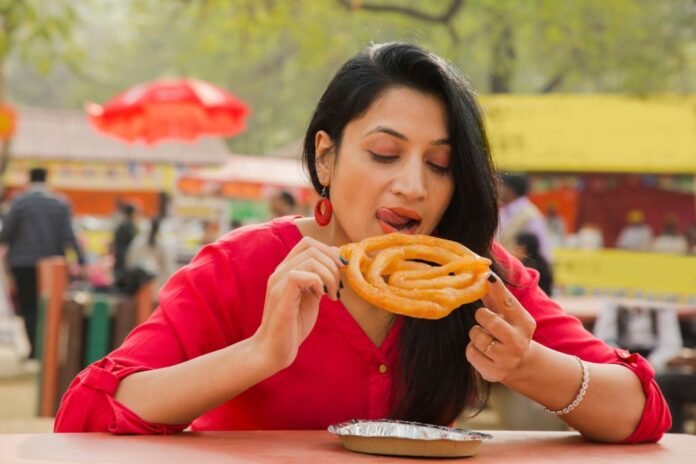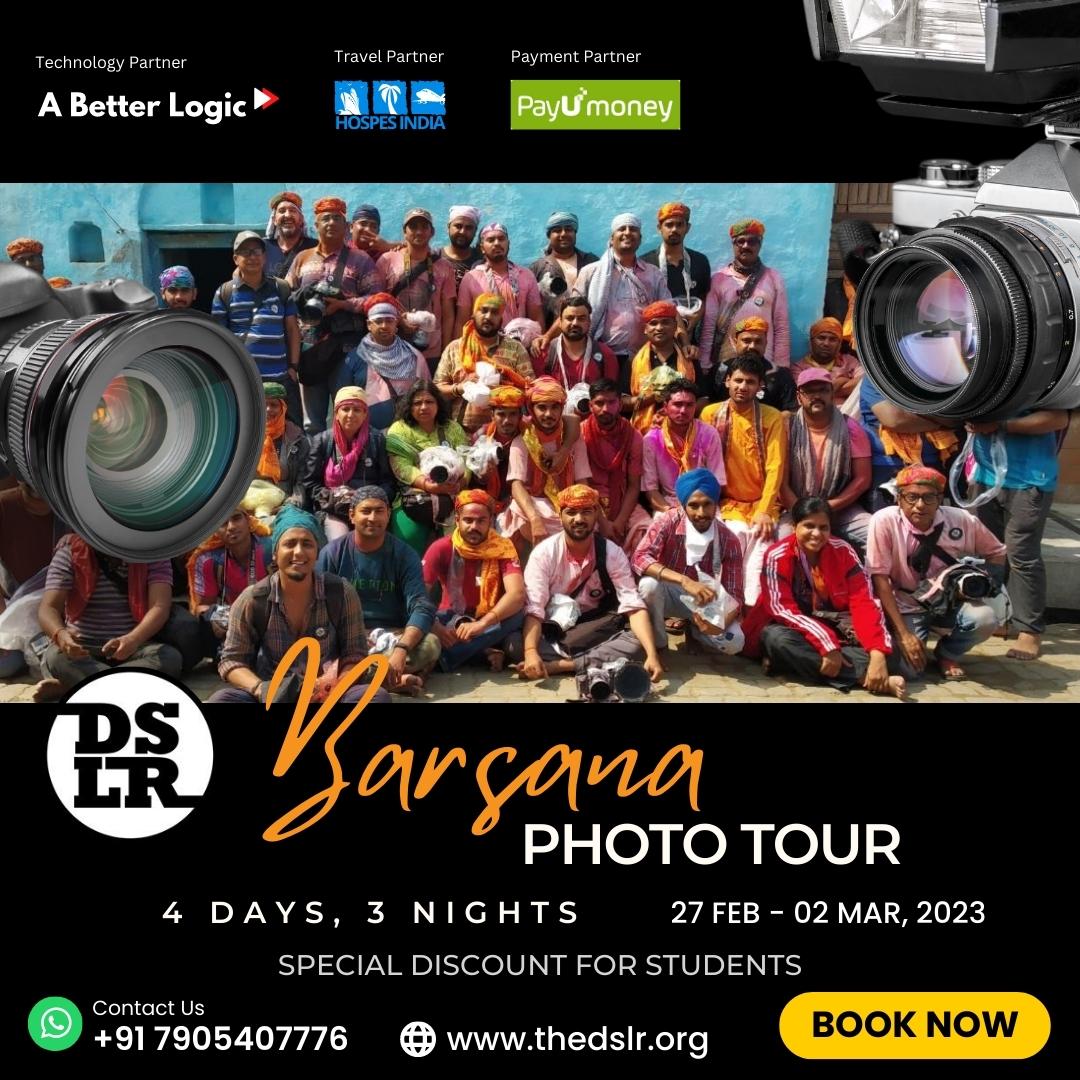Food is essential for life. Food is a celebration, food is a bonding, food is an art, and food is an antidepressant. For some food is a source of income…
Imagine a dining table with your favorite dishes. Spicy Rajma chawal and pav bhaji with garnish of lemon, coriander and onion on one side, simple and tasty rawa masala dosa on another side, Rajasthani daal baati churma bathed in the richness of ghee on the third corner and sweet and balancing dahi bada on the fourth corner with aromatic biryani seated at the center. (Replace it with your favorites)
Appetizing, isn’t it?
One of the important facts about food is – physiologically it exerts domination on our mind and body.
Just imagining it makes your mouth water and it captures your brain. Your stomach starts murmuring and it doesn’t take your fingers much time to get your phone and order some food.
This is a weakness which becomes a strength for all those who earn through the food business.
One similarity you must have observed across all big food complexes is their use of professional photographs for promoting.
And it doesn’t end here. Those images are used in the form of videos to play on social media and TV, printed on menus and uploaded to their website and on other online food ordering apps. You might not be surprised to know that 75% of the companies invest significantly in visual marketing.
What is Food Photography?
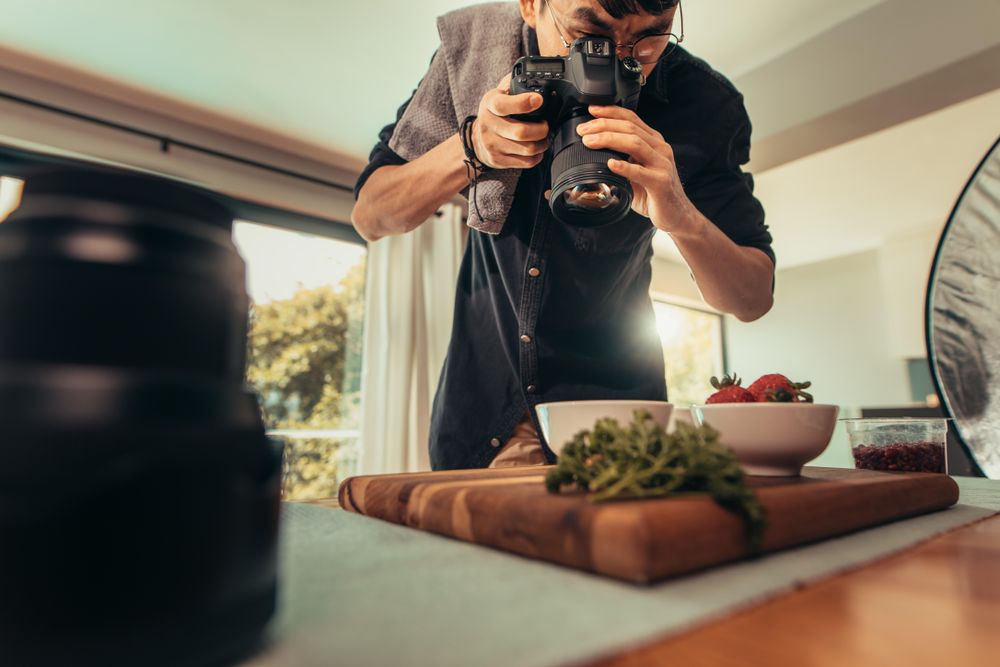
There are people who cultivate pulses, cereals, vegetables and spices, then there are people who own poultry and dairy, then there are people who use these said items to cook delicious food.
There are ancient cuisines and variations of them. There are exotic cuisines and fusions of them. There are also street foods.
How do you decide what you want to eat? Certainly, they are not going to give a sample to taste but they will give you a view of it, to entice your nose and seduce your taste buds.
So, they advertise what the food would taste like through pictures.
This is what food photography is all about. It is a branch of commercial photography that aims at capturing attractive still life photographs of food.
It is basically eating with your eyes.
Basic tips for food photography
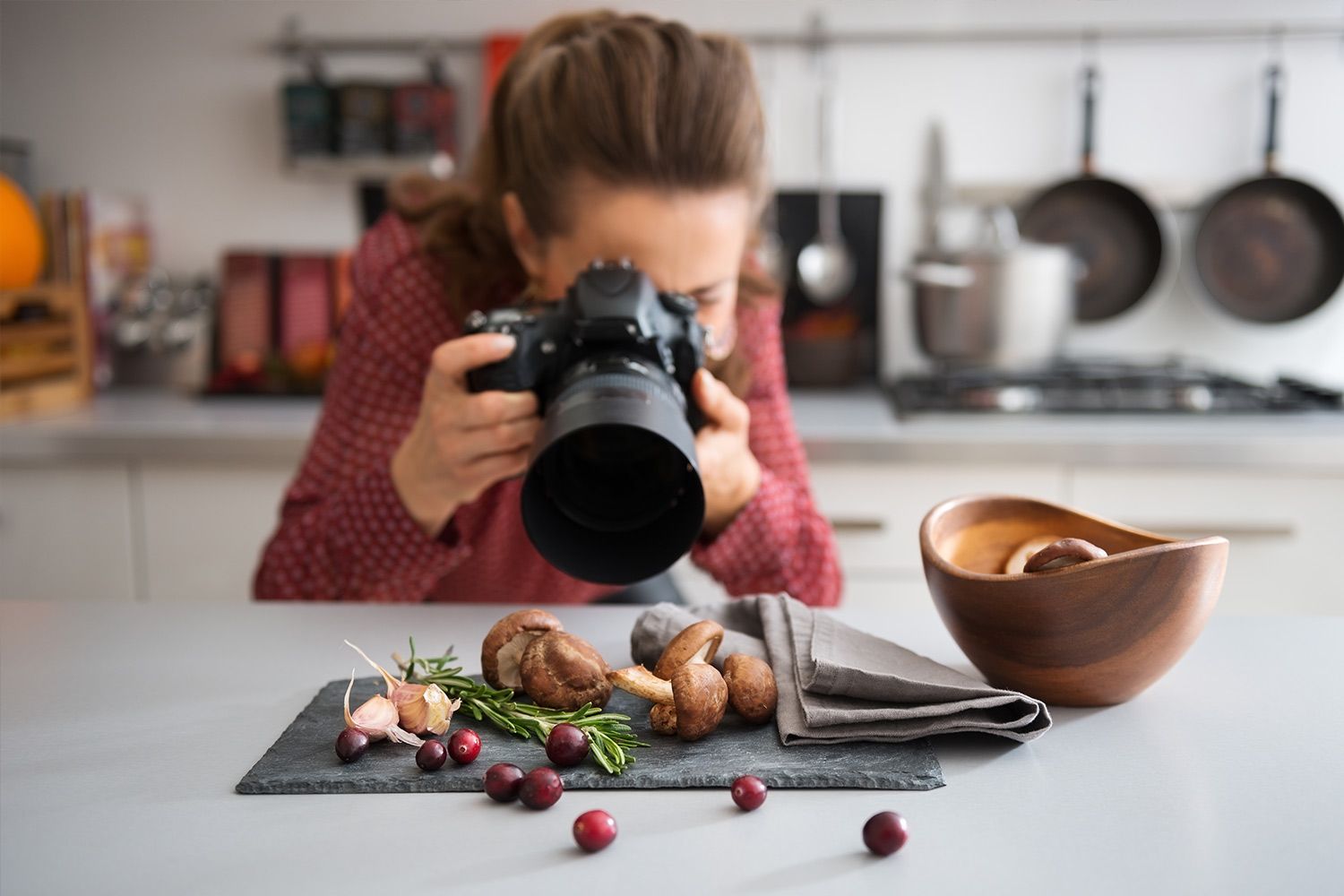
Garnishing and cutlery- Colorful garnish and complementing cutlery soothes the eye. Make sure the cutlery doesn’t stand out too much so that it overshadows the dish.
- Lighting – Keep it natural. Avoid using flash lights, lamps, built-in lights or anything neon. Photographs taken in natural light appear realistic and more relatable to the customers.
- Surroundings- Keep a significant foreground and background. Like surrounding the dish with fancy looking oil bottles or a glass of wine, few strands of any herb, napkin and fork and spoon.
- Keep it at the bare minimum and necessary. Using the ingredients that actually went into the dish to create ambience around it is most apt. For example, spilling cocoa beans around a cup of coffee is a good setup.
- Angling- Consider the uniqueness of each dish and then decide the angle from where it looks most appealing.
For example, a photograph of naan would look best if taken from top while burgers look better from side and you’ll do justice to a plate of fried fish if shot is taken at 45 degrees.
- Sharpness- If the texture of the dish is prominent, it appears worthy of tasting. For example, try capturing the silkiness of yogurt, the outlines of raisins, the curving of rice grain. The more detailed the food particles are, the better.
- Position- Remember the fact that the customer should think about eating it after seeing the picture. It means that the dish should be positioned as ‘just waiting to be consumed by the customer’.
So, when taking a shot of a bottle, unscrew the cap and keep it away, when taking a snap of a glass of milk shake, place a straw inside it or add toothpicks on paneer chilies, as simple as that.
Why does food photography matter?
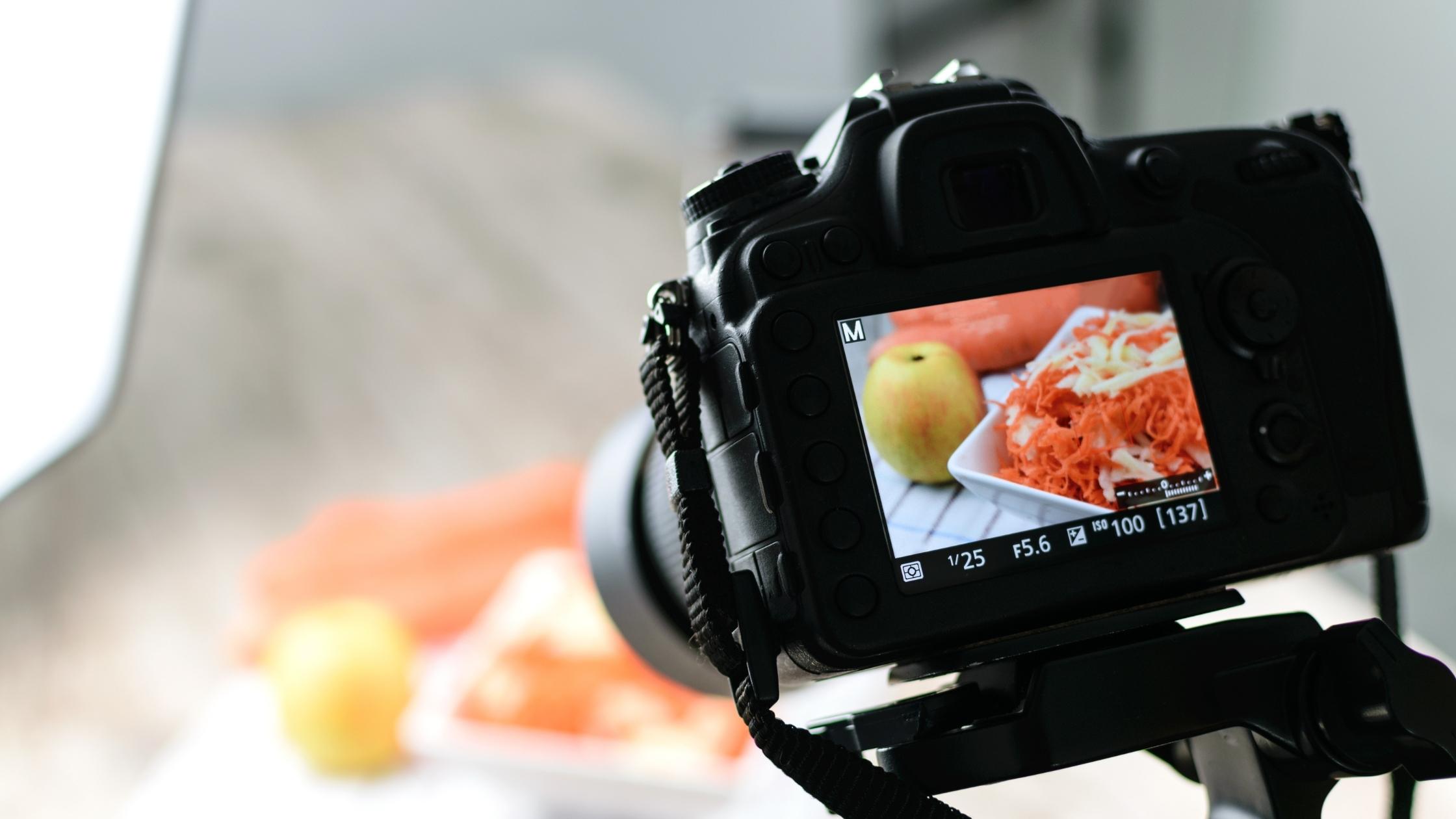 First impressions stick around
First impressions stick around
You know what is special about first impressions? It is the last and the best impression.
Close your eyes and think about eating KFC chicken wings.
Do you remember what’s advertised over TV and social media or do you remember what it looked like in the restaurant? The first one, right?
Because the pictures get heavily imprinted into our memory and make the mission successful for a food photographer. Moreover, professionally photographed food looks better than real one.
Sales jump up high
Visual marketing lures more customers into ordering it. It demands attention from the viewers and they are more than happy to give in to their inability to ignore attractive-looking dishes. They retain it in their mind and in the time to come also order it.
Builds Brand
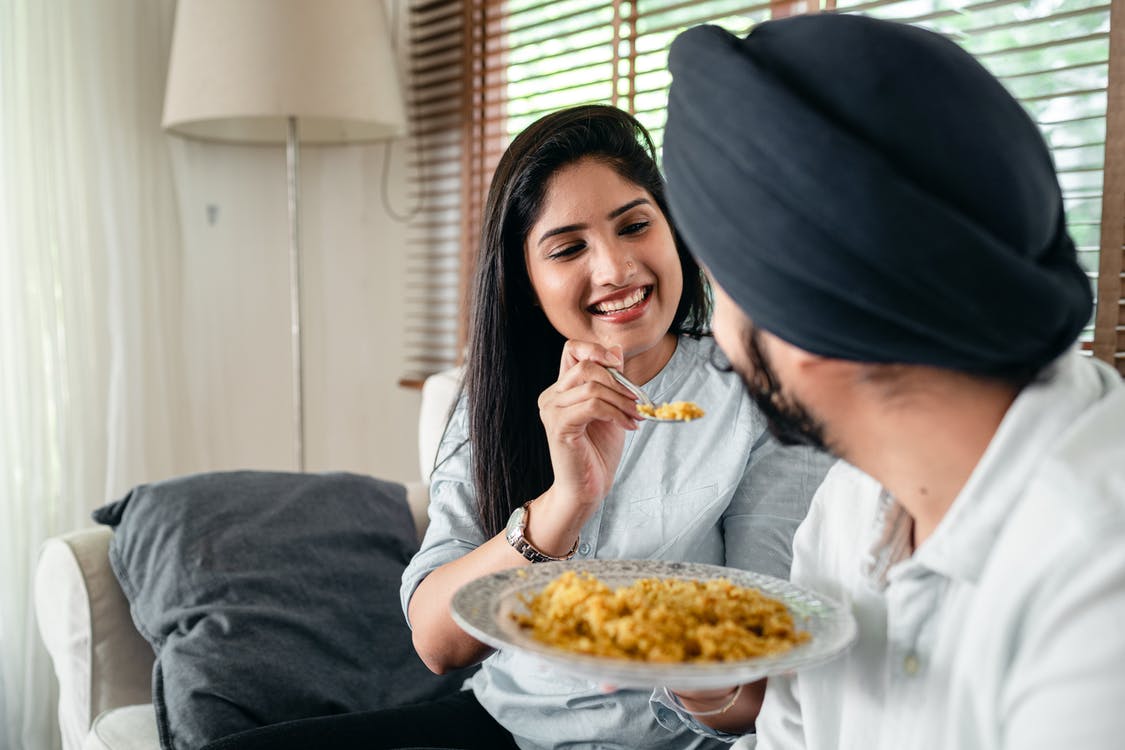
Although the color of Pepsi and Coca-Cola is the same, you can readily distinguish one from the other. Similarly, you can tell whether the pizza belongs to Dominoes or Pizza hut.
This type of established companies has spent a lot over professional food photography over the years, so that their products can be easily identified and differentiated from competitors. When the photograph sparks the name of the brand then this is intelligent food photography.
Conclusion
Just like cooking is an art, food photography is also an art. Look for inspiration, be creative, use a good camera and be consistent.
Experiment a lot. Try different heights, different angles. Color coordinate everything. And finally, if the photograph waters your mouth, you are doing a great job:)
![]()

